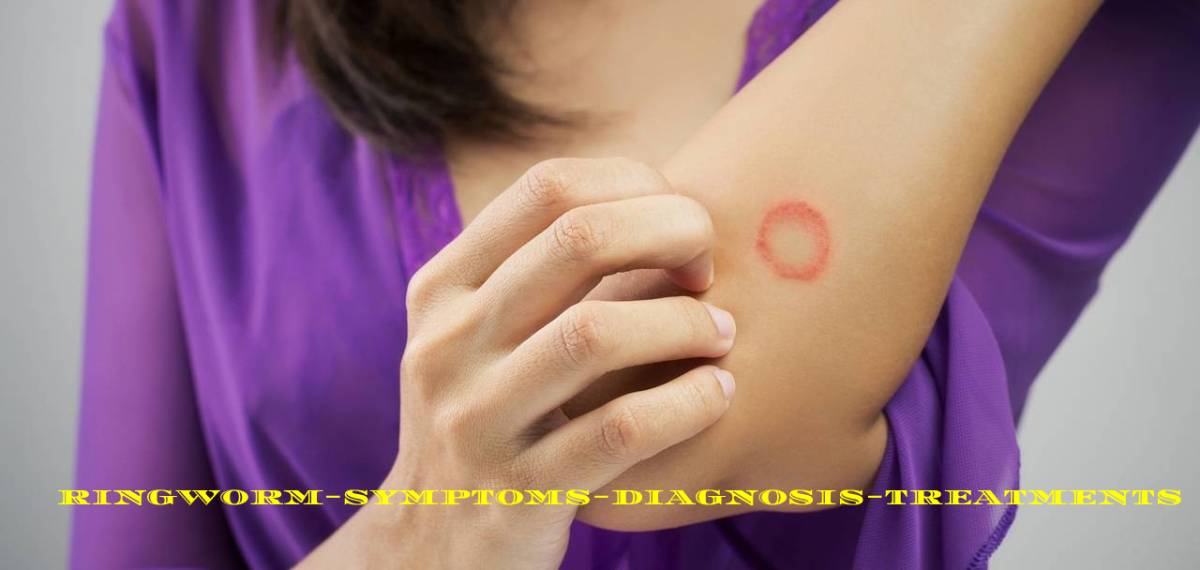Table of Contents
Ringworm
Ringworm refers to a scalp and hair disease caused by fungi dermatophytes. These fungal infections, which mainly parasitize the hair, body hair, or beard, can affect different body parts. These are mild but highly contagious infections that primarily affect children under 12. There are several treatments to fight ringworm. Some are applied locally (shampoo, lotion, cream), and others orally (medication in powder form).
Description of Ringworm
Moreover ringworm is a dermatophyte; it is mycosis due to the contamination of fungi (parasitic microorganisms). Ringworm develops at the expense of hair, body hair. When fungi penetrate the hair, they make it fragile and lead to hair loss.
There are anthropophilic ringworms transmitted by humans, zoophilic ringworms transmitted by animals such as dogs, cats, rabbits, horses, or telluric ringworms (geophilous, present in the ground).
Ringworm Symptoms
The signs of ringworm vary depending on the type of ringworm.
Ringworms are the most common. They form relatively large hairless patches (1 to 3 cm) with a clear outline and which, most of the time, are not inflamed (neither red nor swollen). Other ringworms cause small, hairless patches to form.
Suppurative ringworms or kerion are at the origin of rounded and relatively wide, red and swollen areas, and they too are without hair. They can be present at the level of the beard in men.
Favicons moths are scarce in Europe and North America. They form trim yellowish crusts. Unlike other types of ringworm, hair that falls out does not grow back afterward,
In some cases, there is an increase in the size of the lymph nodes near the affected area.
Ringworm: Diagnosis
Therefore ringworm is a relatively easy disease to diagnose. Clinical observation allows the doctor to examine the characteristic skin lesions and guide his diagnosis. To better visualize them and identify the fungus responsibly, he can use Wood’s light as an ultraviolet lamp.
And also to precisely identify the fungus, he can take a sample. Analyze the model under the microscope and culture.
Ringworm: Treatments
Ringworm treatment performs no more than after a sample is taken and can begin without waiting for the results. It can be a topical or oral treatment.
- By the local way: One proceeds to apply local antifungal drugs on the lesions after shaving the hair close to this zone.
- By mouth: This involves taking antifungal medication for 6 to 8 weeks.
As this is a highly contagious infection, expulsion from school may be necessary and is sometimes a legal obligation in France. Returning to school then requires a certificate of non-contagion.
How to Prevent Ringworm?
- However, some hygiene measures can reduce the risk of contamination:
- Investigate the cause of ringworm (infected animal and treat it to avoid transmission)
- Prompt treatment of the child or infected person.
- Avoid sharing comb, towel, clothing
- Getting rid of an infected person’s items
Complementary Approaches to Treat Ringworm
It is possible to fight against ringworm by adopting natural methods. All will intend to exert an antifungal action to fight against the parasite.
Naturopathy
In naturopathy, we will endeavor to follow adapted food hygiene. In particular, it is done by excluding foods containing yeast (bread, pizza, biscuits, fermented cheese, etc.).In addition, we recommend
the consumption of antifungal foods, particularly garlic, propolis, and magnesium chloride (which can help us in local application).
Phytotherapy
It recommends that herbal medicine take grapefruit seed extracts, known for their decisive antifungal action. This remedy is used either locally or sprayed on the scalp. In addition, it will consume daily with a few drops in a bit of water. It is also probable to take sea buckthorn in herbal tea. In mother tincture, in local application, in addition to sea buckthorn, calendula can use.
Aromatherapy
Most essential oils are antifungal. Many of them can therefore use to fight against ringworm. The most commonly used are violet, tea tree, thyme, sage, rosemary, or oregano. They operate at the rate of a few drops in the bath or local application, very diluted in vegetable oil.
Conclusion: The scalp is the skin covering the skull on which the hair grows. It irritates blood vessels and includes many nerve endings, making it sensitive. Scalp diseases manifest by itching, patches of dry skin, or hair loss that can be permanent (cicatricial alopecia).

